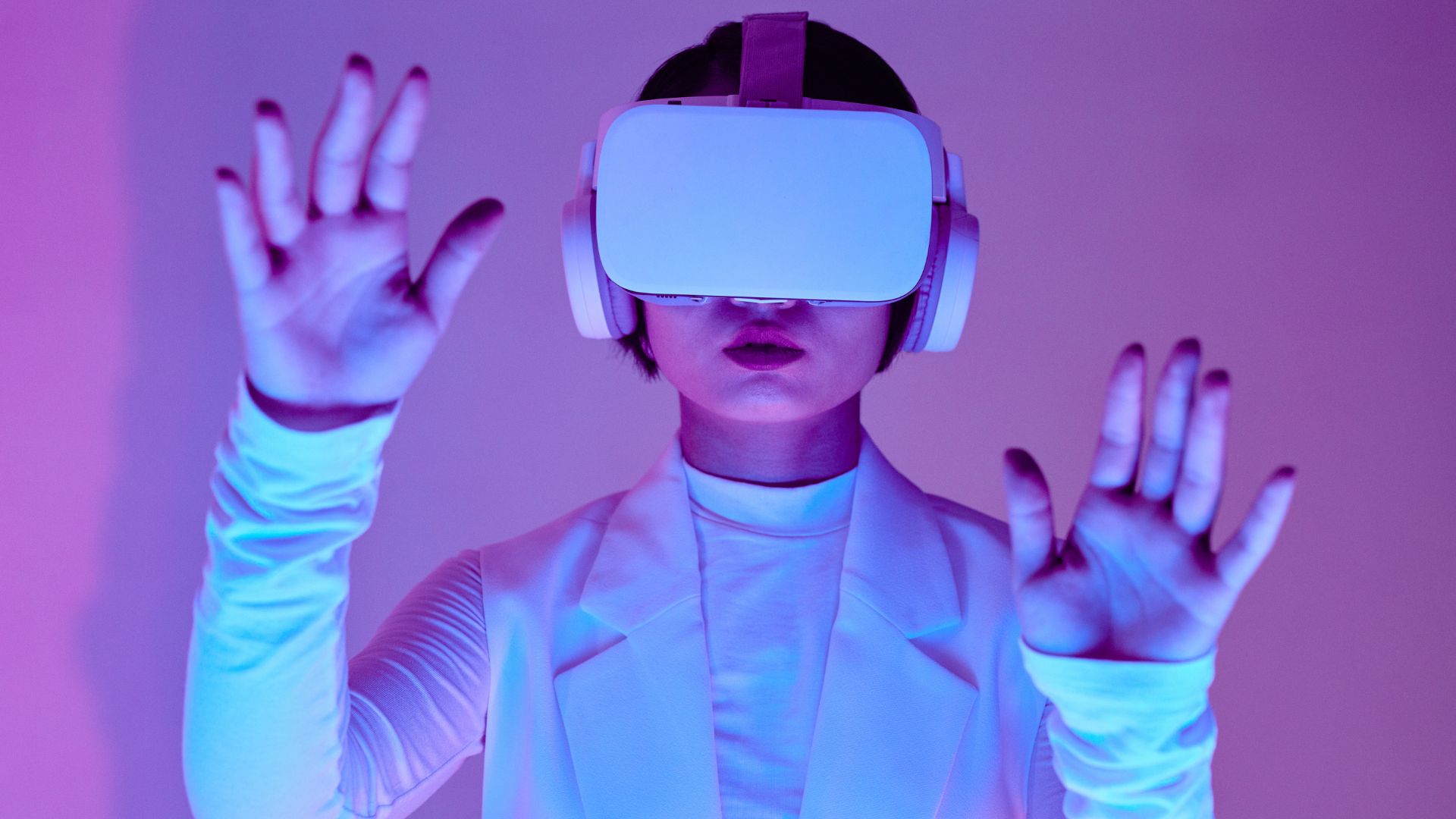Digital Marketing Innovation: Transforming the Ordinary Into the Extraordinary

Breaking the Boundaries of What’s Possible
In a world overflowing with choices, it’s no longer enough for brands to simply exist. To resonate, they must elevate — transforming everyday moments into experiences that linger in memory and spark conversation.
This is the frontier of innovation: where boundaries dissolve, and the ordinary takes on an extraordinary shape.
Whether it’s a floating tennis court rising above a tranquil pool, an immersive digital installation redefining public spaces, or a seamless interface that anticipates a user’s every move, innovation is increasingly measured not just by technology itself, but by how it feels — how it makes people pause, marvel, and engage.
User Experience as the New Metric of Value
Brands and businesses that embrace experiential innovation stand apart. Consider how a standard tennis court becomes a visual spectacle when placed over water. The surface is the same. The sport is unchanged. Yet the environment elevates the experience, transforming a familiar activity into something cinematic.
This principle applies far beyond architecture or sports. In digital design, a thoughtfully crafted animation or micro-interaction can make an app feel alive. Technologies like Lottie, GSAP, and CSS transitions allow designers to create smooth, lightweight animations that keep users engaged without compromising performance.
In retail, AR experiences built with frameworks such as ARKit, ARCore, or WebXR transform a simple shopping trip into an immersive journey. Products appear life-size in a customer’s room, colors shift under different lighting simulations, and personalized recommendations adjust in real time.
At its core, experiential innovation is about removing barriers — between people and technology, between function and emotion, between expectation and delight. It’s about creating moments that feel unique and meaningful.
Designing for Emotion and Engagement
The challenge — and the opportunity — lies in designing for human emotion.
- Anticipation. Can you spark curiosity before the experience even begins?
- Surprise. Can you deliver something people didn’t know they wanted?
- Memory. Will people remember how your brand made them feel?
Technology enables these emotional triggers. For example:
- Spatial Computing & AR lets users interact with digital objects in physical space, dissolving the line between reality and virtual. Think real-time object tracking or environmental effects that adapt as users move.
- Sensor-Driven Installations use IoT devices to change visuals, sounds, or lighting based on audience behavior or environmental inputs. A digital mural, for instance, might ripple with color when someone walks past.
- Real-Time 3D Rendering, powered by libraries like Three.js or Babylon.js, brings fully interactive experiences directly into the browser — from virtual showrooms to architectural walkthroughs.
These technologies give brands the tools to surprise, delight, and forge deeper connections.
Marketing Innovation Is the Stage, Experience Is the Performance
A floating tennis court isn’t just architecture. It’s a statement. A testament that even the most familiar environments can be recast in extraordinary ways.
Similarly, the digital landscape offers endless opportunities for brands to elevate. Voice interfaces can respond with natural empathy, while generative AI creates personalized narratives in real time, transforming static content into dynamic storytelling.
Data-driven personalization turns analytics into engagement, delivering relevant content tailored to each user’s preferences, location, or behavior. Machine learning models analyze vast data sets to predict what a user might need next, increasing loyalty and conversion rates.
Ultimately, innovation is the stage. But it’s experience that delivers the performance audiences will remember.
The Future of Digital Marketing Is Boundless
As technology evolves, so does our collective appetite for experiences that defy expectation. Boundaries — between spaces, disciplines, and mediums — will continue to dissolve.
In this new landscape, brands that dare to elevate will own the narrative. Because when innovation rises, the ordinary becomes extraordinary — and the world takes notice.

